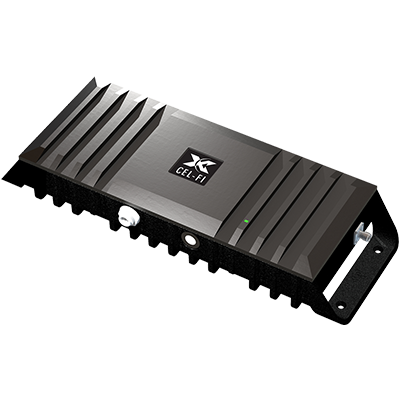
The line of Cel-Fi "Smart Signal Boosters" from Cel-Fi by Nextivity are unique designs that work fundamentally different than most other cellular boosters on the market.
They are digital boosters, not analog like most others on the market, allowing them to be programmed and have a higher gain while mobile than comparable boosters. The booster can also be set to stationary mode for even higher gaine.
The booster is controlled by a mobile app and can only boost one carrier network at a time.
Cel-Fi has been a major player in the residential and in-building booster market for years, and in 2017 introduced its first booster designed for mobile use - the Cel-Fi GO. Since then, the marketing names have changed and included:
- Cel-Fi GO/GO+
- Cel-FI GO-X / GO-M
- Cel-FI Go G32 (Current as of early 2023,with variant models ending in X or M for fixed or mobile applications)
Product Variations
Many different kit options are available, but there are three primary kits targeted for mobile users.
RV/Truck
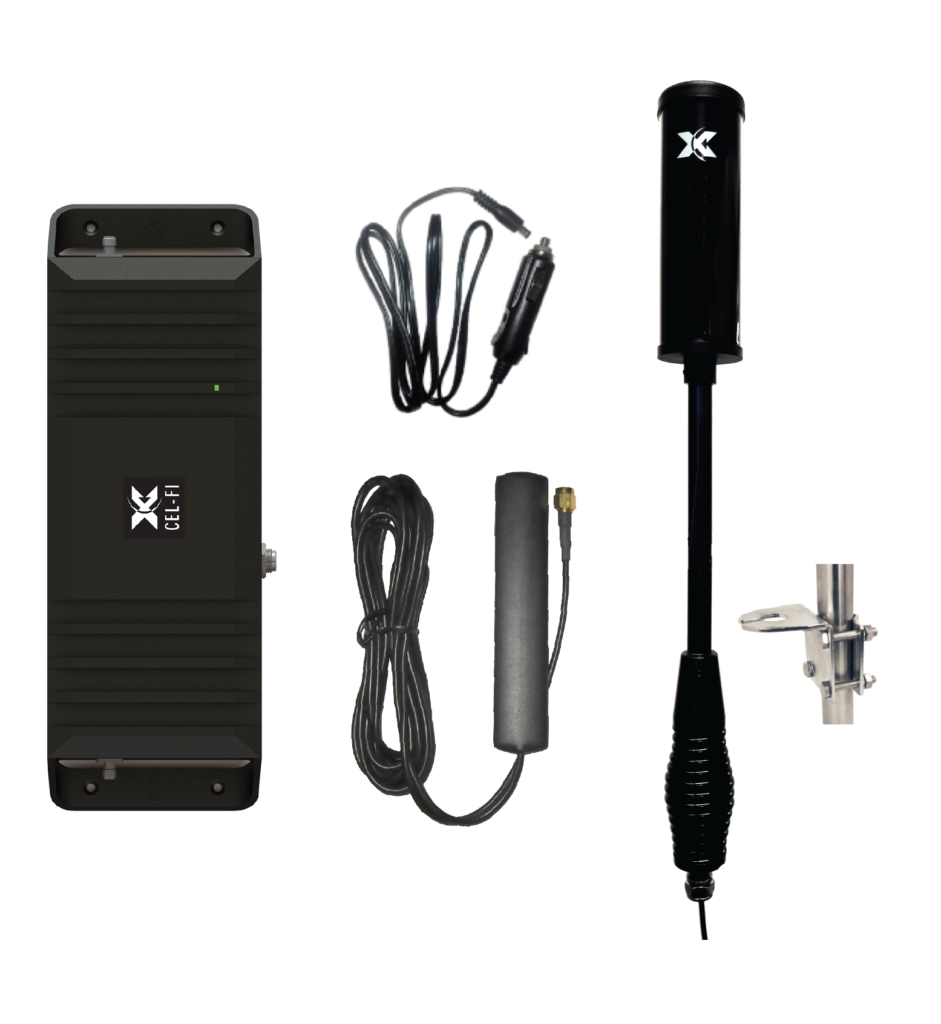 This kit is made for larger trucks and RVs with an over-the-road style external antenna with ladder mounting hardware, and a 12v power supply. Some vendors offer different external antennas to make a distinction between RV and Truck versions.
This kit is made for larger trucks and RVs with an over-the-road style external antenna with ladder mounting hardware, and a 12v power supply. Some vendors offer different external antennas to make a distinction between RV and Truck versions.
Specifications
- Model: GO G32 Trucker
- Gain: 70dB (mobile) / 100dB (stationary)
- Max Uplink Power: 20-22 dBm
- Impedance: 50 Ohm
- # of Devices Boosted Simultaneously: Multiple
- LTE Bands Supported: 12 (17), 13, 5, 4, 2
- Exterior Antenna: Mirror mount with SMA Male connector (dimensions: 2' tall)
- Internal Antenna: Patch antenna with 3.77' integrated cable SMA Male connector.
- Range of Interior Coverage: "large coverage area" (self-claimed)
- In Motion Usage: Yes
- Power: 9.6 – 16.5V DC
- Power Consumption: 16W nominal
- Booster Dimensions: 1.71" x 3.79" x 10.73"
- Warranty: 2 Year
- Retail Price: $872.10
Marine
The marine version comes with a standard marine antenna and extra cable length for longer runs on boats.
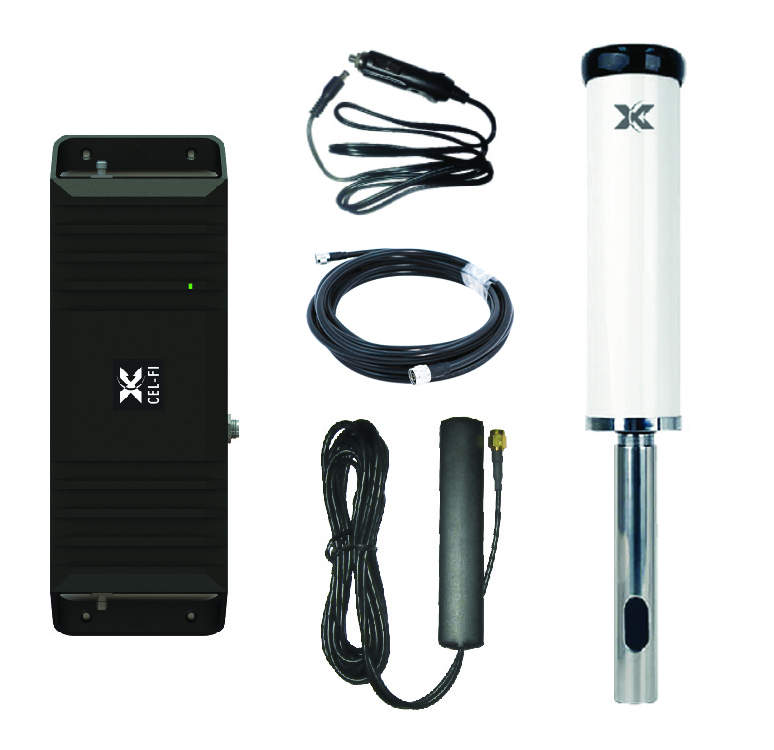 Specifications
Specifications
- Model: GO G32 Marine
- Gain: 70dB (mobile) / 100dB (stationary)
- Max Uplink Power: 20-22 dBm
- Impedance: 50 Ohm
- # of Devices Boosted Simultaneously: Multiple
- LTE Bands Supported: 12 (17), 13, 5, 4, 2
- Exterior Antenna: Standard marine mount with SMA Male connector (dimensions: 2.5" x 9.8")
- Internal Antenna: Patch antenna with 3.77' integrated cable SMA Male connector.
- Range of Interior Coverage: "large coverage area" (self claimed)
- In Motion Usage: Yes
- Power: 9.6 – 16.5V DC
- Power Consumption: 16W nominal
- Booster Dimensions: 1.71" x 3.79" x 10.73"
- Warranty: 2 Year
- Retail Price: $944.10
Vehicle
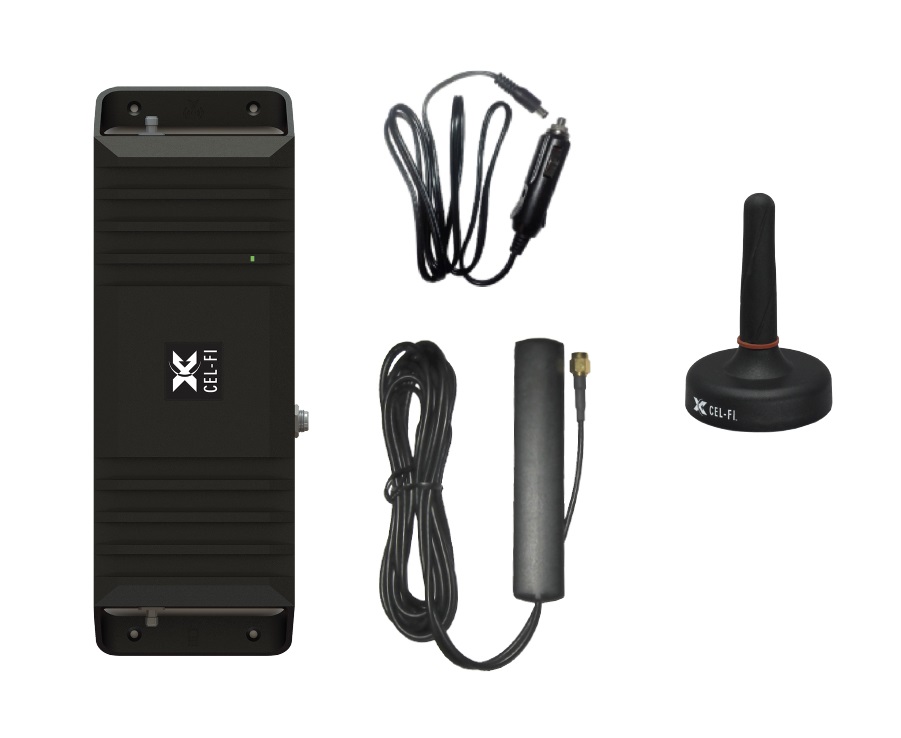 The vehicle kit is intended for use in automobiles and smaller trucks and RVs with its lower profile exterior antenna.
The vehicle kit is intended for use in automobiles and smaller trucks and RVs with its lower profile exterior antenna.
Specifications
- Model: GO G32 Vehicle
- Gain: 70dB (mobile) / 100dB (stationary)
- Max Uplink Power: 20-22 dBm
- Impedance: 50 Ohm
- # of Devices Boosted Simultaneously: Multiple
- LTE Bands Supported: 12 (17), 13, 5, 4, 2
- Exterior Antenna: Screw mount or mag mount with SMA Male Connector (dimensions: 3.2" x 2.4" x 2.4")
- Internal Antenna: Patch antenna with 3.77' integrated cable SMA Male connector.
- Range of Interior Coverage: "large coverage area" (self-claimed)
- In Motion Usage: Yes
- Power: 9.6 – 16.5V DC
- Power Consumption: 16W nominal
- Booster Dimensions: 1.71" x 3.79" x 10.73"
- Warranty: 2 Year
- Retail Price: $719.99
News, Videos, & Status
We began communication with Nextivity about the development of this product starting in the summer of 2016 and received a pre-production unit for evaluation in May 2017. We have included this unit in multiple rounds of testing.
In November 2019, we completed our initial and extensive rounds of testing of the updated GO, and our results are summarized in the member area below.
We may revisit this booster again in the future should there be substantial firmware updates that can further improve performance and usability.
Members can also follow our testing activity in our forum, where we'll post updates and our latest insights and information.
Members can also dive deeper and access our raw and ongoing results as we conduct our testing in our Testing Lab:
- Cellular Booster Intensive – weBoost Drive Reach, SolidRF RV Pro, Cel-Fi Go-M (Summer/Fall 2019)
- Booster Bonanza – weBoost Drive Reach, SolidRF RV Pro, Cel-Fi Go-M, Poynting 402 vs 4G-X (Summer 2019)
Related News:
Alternatives to Consider
For other booster options on the market worth comparing this model to - here are our featured options:
This Review Contains Additional Member Exclusive Content!
We are Honored to be Member Funded! No ads, no sponsors, no selling (but may contain affiliate links)
Our members fund our in-depth independent reviews.
This entry may contain additional member exclusive content such as testing notes, field testing data, user interface tours, comparisons to alternatives, analysis, tips, videos and discounts.
Members also get interactive guidance, alerts, classroom and more.
Other Ways to Support Our Work At MIRC
Member Exclusive Content Below
- Thoughts & Analysis
- Deep Dive
- What Makes the Cel-Fi Different?
- Testing Notes - 2017 & 2019
- Original History
- 5G
- Summary & Recommendations
Purchasing Options
Purchasing Links & Disclaimer
We don't sell stuff, we are primarily member funded. Some links below may be affiliate links (see our disclaimer), which also helps fund MIRC.
The vendors displayed below provide larger discounts to our MIAs that we have negotiated instead of displaying affiliate links while they are logged in.
MIA Discounts - Learn & Save!
Our Mobile Internet Aficionados (MIA) get special discounts from the below vendors. Members please check for discount codes before ordering. With savings up to 11% off, you could save more than your membership cost!
Signal Boosters: Vehicle | Truck | RV | Marine
Cellular boosters can be quite useful for boosting the signal to a smartphone to get a more solid phone call. But when it comes to enhancing cellular data performance, things get more complicated.
Because of a technology called MIMO (multiple in multiple out) that is essential to LTE and 5G data, often times the internal antennas on a smartphone or hotspot don't benefit from an amplified signal. Boosters also only cover a handful of the frequency bands the carries use for data.
But a booster can play a role in a mobile internet arsenal - as they excel during times when you are really far from a tower, or where upload speeds are important (such as video broadcasting).
For more on understanding boosters vs. MIMO - check out video:
For more on signal enhancing, including understanding boosters and the many forms they come in - follow up with our guides:
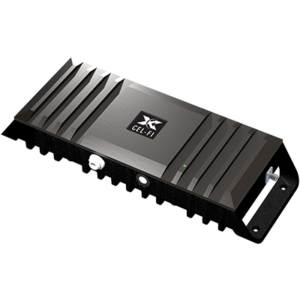
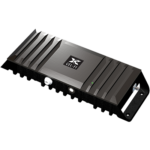
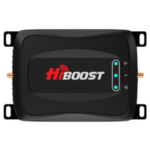
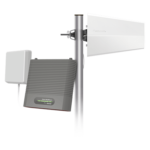

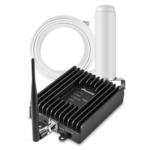
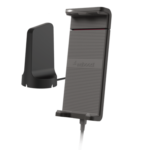
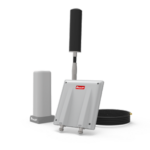
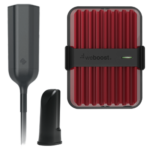



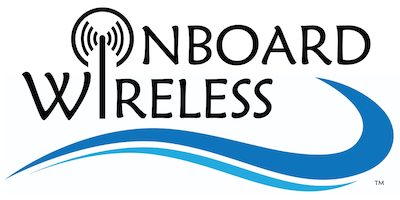



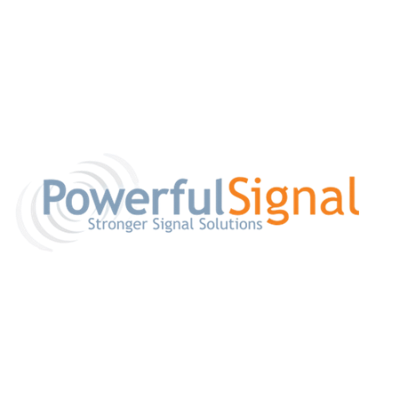


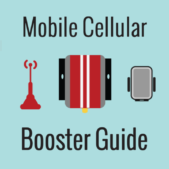
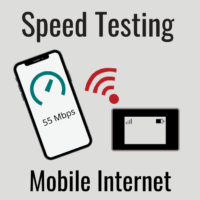
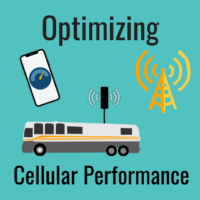
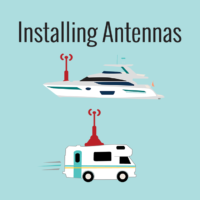
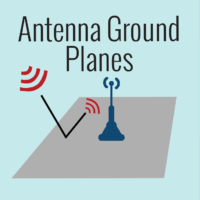
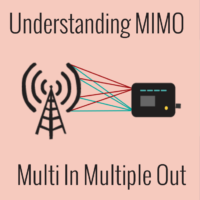
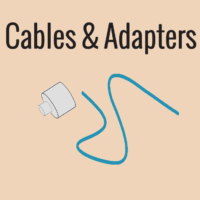
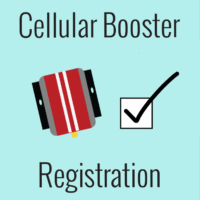

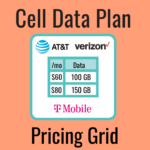

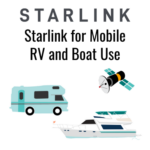
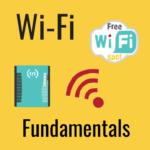
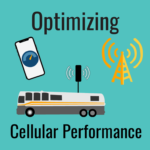
 Mobile Internet Resource Center (dba Two Steps Beyond LLC) is founded by Chris & Cherie of
Mobile Internet Resource Center (dba Two Steps Beyond LLC) is founded by Chris & Cherie of